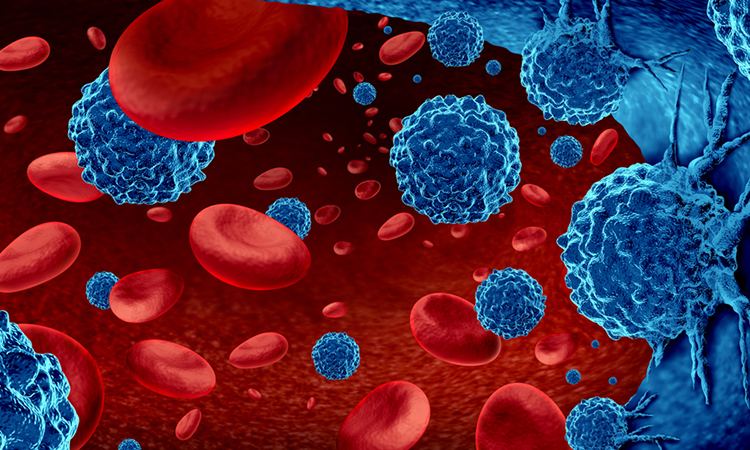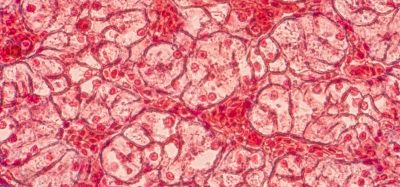Novel inhibitor blocks myeloma cancer cell growth in mouse model
Posted: 18 May 2021 | Victoria Rees (Drug Target Review) | No comments yet
Having identified the histone demethylase KDM5A as a multiple myeloma target, researchers developed a KDM5 inhibitor to treat the cancer.


A team of researchers has analysed the function of the histone demethylase KDM5A in multiple myeloma and clarified the mechanism by which it promotes myeloma cell proliferation. They also developed a novel KDM5 inhibitor and showed that it inhibits cancer cell growth in a myeloma mouse model.
The study was conducted by scientists at Kumamoto University, Japan and Dana-Farber Cancer Institute, US.
According to the researchers, the epigenetic regulator KDM5 family proteins are highly expressed in myeloma cells, but their function is not clear. To clarify the role of KDM5 family proteins, the team used genetic manipulation to suppress the expression of KDM5 in human myeloma cell lines. They found that among KDM5 family members, KDM5A in particular had a strong effect on cell proliferation which prompted them to analyse its molecular mechanisms.
They developed a novel KDM5 inhibitor and validated its efficacy using both myeloma patient cells and myeloma mouse models. Genetic suppression of KDM5A expression or pharmacological inhibition of KDM5 inhibited the growth of myeloma cells. Furthermore, by using myeloma mouse models in which a human myeloma cell line was transplanted into immunodeficient mice, the researchers demonstrated that their KDM5 inhibitor suppresses myeloma cell growth in vivo. Functional analysis revealed that KDM5A co-operates with MYC, an important transcription factor in myeloma development and growth, to promote the expression of MYC target genes. Although a high level of histone methylation (H3K4me3) was originally observed near the transcription start site of MYC target genes, this modification level was further increased by repressing KDM5A. This indicates that excess H3K4me3 acts as a barrier to transcription thereby inhibiting transcription contrary to previous theories that H3K4me3 promoted transcription. Further analysis suggested that KDM5A helps switch transcription-associated complexes as they proceed from transcription initiation to transcription elongation by transiently releasing H3K4me3.
This study proposed a new model of epigenetic regulation in which KDM5A regulates histone methylation at the transcription start site to optimal levels during the required phase, thereby promoting the transcription of MYC target genes and leading myeloma cells to proliferation. It also showed that KDM5 inhibitor inhibits the growth of myeloma cells.
“Our research has elucidated part of the mechanism of myeloma cell proliferation mediated by histone modification regulation and has shown the potential for therapies targeting KDM5A,” said Associate Professor Hiroto Ohguchi, who led the study. “It is also becoming clear that the KDM5 family is involved in the growth of other carcinomas. The problem with the KDM5 inhibitors so far is that they have weak cell membrane permeability and are not effective in cells or in vivo. However, if a therapeutic drug is developed based on the KDM5 inhibitor developed in this study, it is expected to develop into a new therapeutic strategy for not only multiple myeloma but also various other types of cancer by combining it with conventional treatment methods.”
The results are published in Blood Cancer Discovery.
Related topics
Drug Development, Epigenetics, Histones, In Vitro, In Vivo, Molecular Targets, Oncology, Target Validation
Related conditions
multiple myeloma
Related organisations
Dana-Farber Cancer Institute, Kumamoto University
Related people
Associate Professor Hiroto Ohguchi








